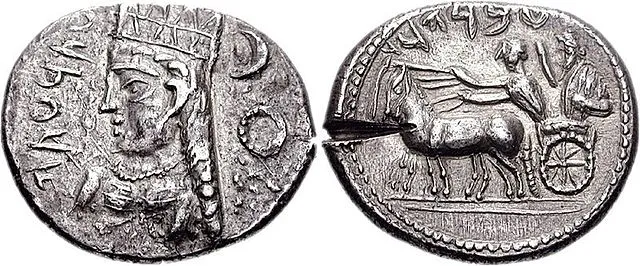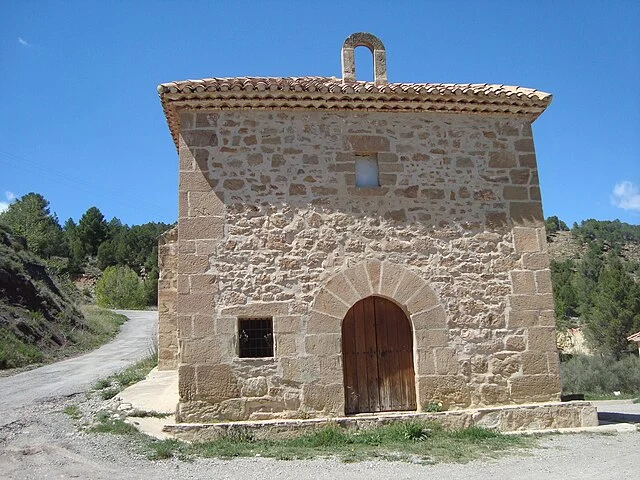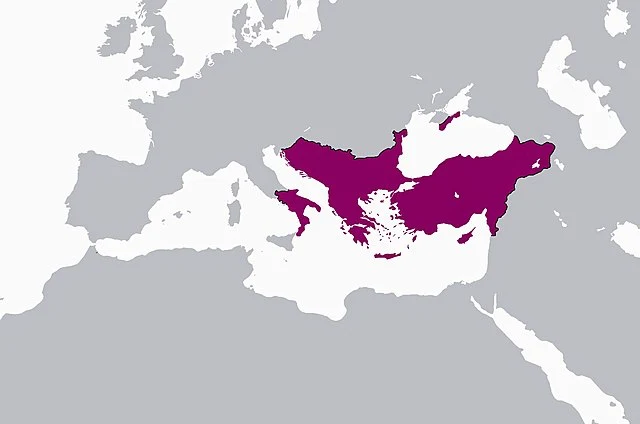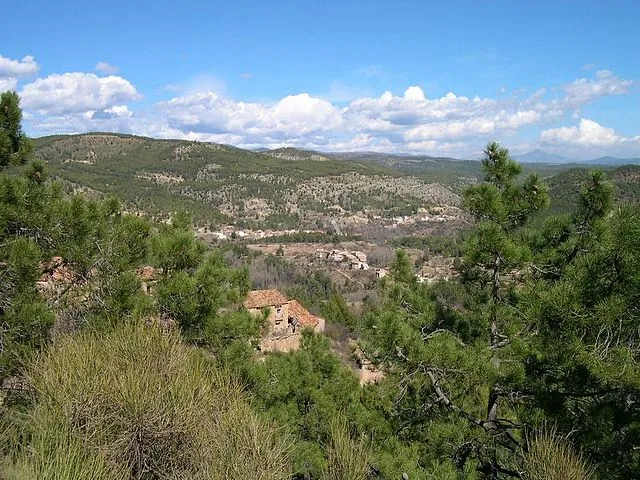Olba, located in present-day Turkey, was an ancient city of considerable importance in the Hellenistic, Roman, and Byzantine periods. It lies in the modern province of Mersin, within the region historically known as Cilicia. The city, though less prominent than other ancient centers, played a crucial role in the region’s religious, political, and economic life.
Get your dose of History via Email
Origins and Historical Context
The origins of Olba date back to at least the Hellenistic period, around the 3rd century BC. The city was initially part of the Kingdom of Cilicia, a region known for its rugged terrain and strategic coastal position. Olba’s early history is closely linked with the Seleucid Empire, which controlled much of the Near East after the death of Alexander the Great.
During this period, Olba became a significant religious center. The city’s most prominent feature was its temple dedicated to Zeus Olbios. The priests of this temple, known as “dynasts,” wielded considerable political power. These priest-dynasts governed Olba and the surrounding region with relative autonomy, even as larger empires vied for control of Cilicia.
The Role of the Priest-Dynasts

The priest-dynasts of Olba were both religious and political leaders. They managed the temple of Zeus Olbios, which attracted pilgrims and ensured the city’s religious significance. At the same time, these dynasts governed the city and its surrounding territory, including several smaller settlements.
These priestly rulers were often members of the same family, maintaining their authority through hereditary succession. This blending of religious and political power was not uncommon in the ancient world, where the legitimacy of rulers was often tied to divine sanction.
Roman Influence and Urban Development

Olba came under Roman control in the 1st century BC, when Cilicia was annexed by the Roman Republic. The transition from Hellenistic to Roman rule brought significant changes to the city. Roman governance introduced new administrative structures, and the city’s architecture reflected the broader Roman influence.
Under Roman rule, Olba remained an important religious center, but it also developed as an urban hub. The city was part of the province of Cilicia Trachea, known for its difficult terrain and piracy issues. Olba’s strategic location made it a valuable site for the Romans, who sought to secure and stabilize the region.
During this period, the city’s infrastructure improved. New buildings and public works projects, including roads and aqueducts, were constructed. These developments helped integrate Olba more closely into the Roman Empire’s economic and political systems.
Byzantine Period and Decline

Olba continued to thrive under Byzantine rule, beginning in the 4th century AD. The city remained a center of religious activity, although Christianity gradually replaced the worship of Zeus Olbios. The region saw the construction of several churches, reflecting the spread of Christianity in the Byzantine Empire.
However, Olba’s significance began to wane by the late Byzantine period. The city’s location, while advantageous in earlier periods, became a liability as regional trade routes shifted and external threats increased. Additionally, the rise of neighboring cities and the changing political landscape contributed to Olba’s decline.
By the early medieval period, Olba had largely faded from historical records. The city, once a thriving religious and administrative center, became a minor settlement. Eventually, it was abandoned altogether, leaving behind ruins that still testify to its former importance.
Archaeological Significance
Today, the site of Olba is an important archaeological site. The ruins include the remains of the temple of Zeus Olbios, Roman-era structures, and Byzantine churches. These remnants provide valuable insights into the city’s history and the broader historical processes at work in the region.
Archaeological excavations have revealed much about the city’s layout, architecture, and daily life. The site’s artifacts, including inscriptions and coins, offer further evidence of Olba’s historical significance.
Conclusion
Olba was a city of great importance in the ancient world, serving as a religious center and a political hub. Its history reflects the broader dynamics of the Hellenistic, Roman, and Byzantine periods in Cilicia. Though the city eventually declined, its ruins continue to offer valuable insights into the past. Olba’s legacy endures through these archaeological remains, which help us understand the complex history of this ancient region.
Source:

